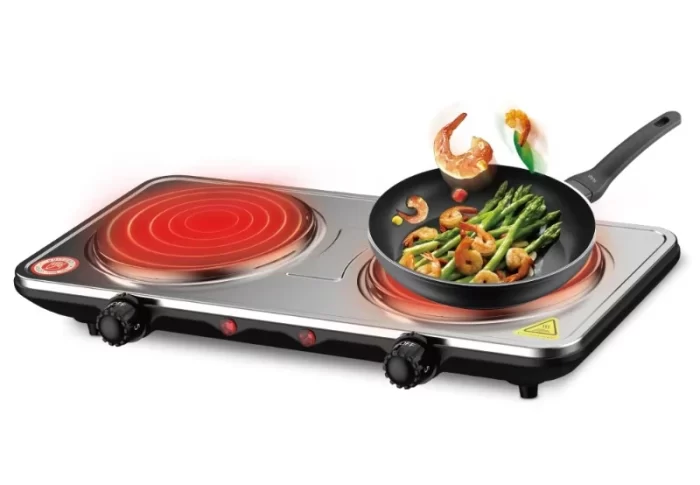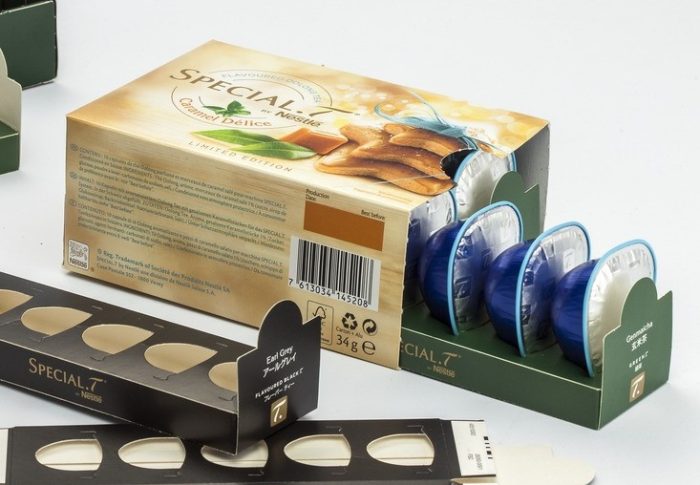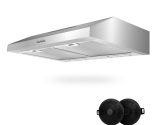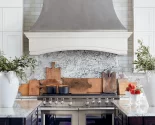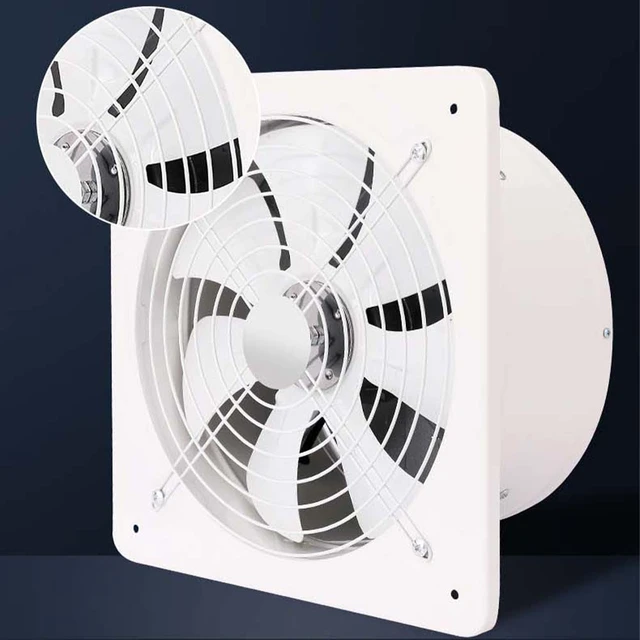
How to Choose the Right Exhaust Fan for Your Kitchen?
Introduction:
An exhaust fan is an indispensable appliance in any kitchen, serving the crucial role of expelling smoke, odors, and excess heat generated during cooking. With so many options available, selecting the perfect exhaust fan for kitchen can be daunting. To help you make an informed decision, let’s explore various factors, materials, and technologies that contribute to the efficiency and effectiveness of kitchen exhaust fans. Understanding these elements can help ensure you select an exhaust fan that meets your needs and fits seamlessly into your kitchen’s design.
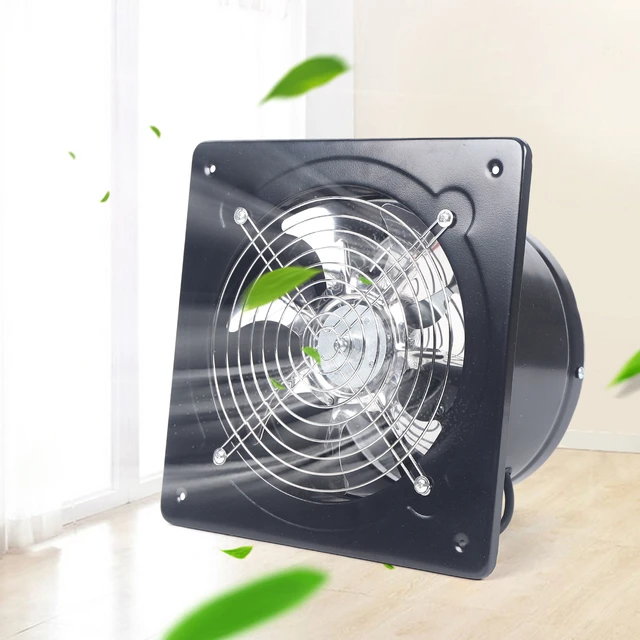
How to Choose the Right Exhaust Fan for Your Kitchen?
Types of Exhaust Fans
When choosing an exhaust fan for your kitchen, the first consideration should be the type of fan that will best suit your cooking habits and kitchen layout. There are several types to choose from, each with its unique advantages.
Range Hood Exhaust Fans: Range hood exhaust fans are among the most popular choices. These fans are mounted above the stove and are designed to capture and expel smoke, grease, and fumes directly from the cooking area. Available in various styles, including wall-mounted, under-cabinet, and island range hoods, these fans can be tailored to fit different kitchen configurations. As a bonus, many range hoods come with built-in lighting to illuminate the cooking area.
Ducted vs. Ductless: Another critical distinction lies between ducted and ductless exhaust fans. Ducted fans vent the air outside your home through a network of ducts, making them highly efficient at removing all types of kitchen pollutants. In contrast, ductless fans, also known as recirculating fans, use filters to clean the air before reintroducing it into the kitchen. While ductless fans are often easier to install, they may not be as effective at removing moisture and odors as their ducted counterparts. Therefore, deciding between ducted and ductless systems will depend on your specific needs and circumstances.
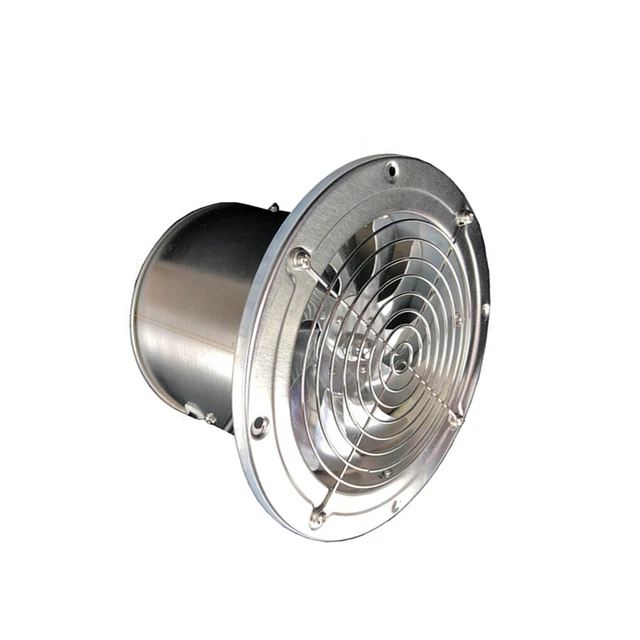
CFM and Power Considerations
The performance of an exhaust fan is often measured in cubic feet per minute (CFM), which indicates the volume of air the fan can move in one minute. Consequently, when selecting an exhaust fan, it’s crucial to choose one with a suitable CFM rating for your kitchen’s size and cooking habits. Generally, the higher the CFM, the more powerful the fan.
Calculating the Required CFM: To determine the appropriate CFM for your kitchen, consider the stove’s BTU (British Thermal Units) rating and the kitchen’s size. A general rule of thumb is to have 100 CFM for every 10,000 BTUs. Additionally, for kitchens up to 100 square feet, a fan with a minimum of 300 CFM is typically recommended. Larger kitchens may require exhaust fans with higher CFM ratings to ensure effective ventilation.
Adjustable Fan Speeds: Many exhaust fans feature adjustable speeds, allowing you to increase or decrease the fan’s power based on the cooking activity. For example, high-speed settings are ideal for frying and grilling, while lower speeds work well for simmering and boiling. Opting for an exhaust fan with variable speed settings can enhance both functionality and energy efficiency.
Noise Levels
Another essential factor to consider is the noise level of the exhaust fan. A fan that is too noisy can quickly become a nuisance, especially in open-concept homes where the kitchen is integrated with the living area.
Sones Rating: Noise levels in exhaust fans are measured in sones. The lower the sones rating, the quieter the fan will be. Most people find exhaust fans with ratings between 1-3 sones to be bearable and non-intrusive. If noise is a significant concern, look for models specifically designed for ultra-quiet operation.
Installation Tips: Proper installation can also influence noise levels. Securely mounting the fan to minimize vibration and using insulated ducts can help reduce noise and ensure smoother operation.

Filter Types
Filters play a vital role in the performance of ductless exhaust fans and also enhance the effectiveness of ducted systems.
Grease Filters: Grease filters trap grease and prevent it from accumulating within the fan or ductwork. They are typically made of metal mesh or baffles and can be easily removed for cleaning. Regular maintenance is essential to ensure optimal performance.
Charcoal Filters: Charcoal filters are commonly used in ductless exhaust fans to remove odors and other contaminants from the air. These filters contain activated carbon, which adsorbs odor molecules. However, charcoal filters need to be replaced periodically to remain effective.
Hybrid Filters: Some exhaust fans feature hybrid filters that combine both grease and charcoal filtering capabilities. These multi-functional filters can provide comprehensive air purification, making them an excellent choice for versatile cooking environments.
Material and Build Quality
The material and build quality of an exhaust fan can significantly impact its durability and performance.
Stainless Steel: Stainless steel is a popular choice for range hoods and exhaust fans due to its durability, resistance to corrosion, and sleek appearance. Stainless steel fans are easy to clean and maintain, making them ideal for busy kitchens.
Aluminum: Aluminum is another common material used in the construction of exhaust fans. While it may not be as durable as stainless steel, aluminum is lightweight and often more affordable. Many grease filters are also made from aluminum mesh.
Plastic: Plastic components are commonly found in budget-friendly exhaust fans. Although not as durable as metal, high-quality plastic can offer sufficient performance for light to moderate cooking activities.
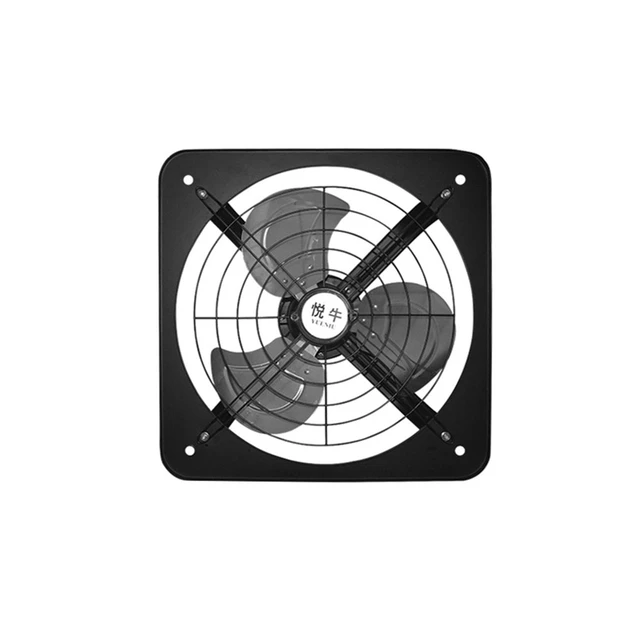
Energy Efficiency
With growing awareness around energy conservation, choosing an energy-efficient exhaust fan can save electricity and reduce your environmental impact.
Energy Star Rating: Look for exhaust fans with the Energy Star rating, indicating they meet strict energy efficiency guidelines set by the Environmental Protection Agency (EPA). These fans consume less power without compromising on performance, making them a smart long-term investment.
LED Lighting: Many modern range hoods come equipped with LED lights instead of traditional incandescent bulbs. LED lights consume less energy and have a longer lifespan, contributing to the overall energy efficiency of your kitchen setup.
Additional Features
Beyond basic functionalities, many exhaust fans come with additional features that can enhance your cooking experience.
Auto Shutoff: An auto shutoff feature allows the fan to turn off automatically after a set period of time. This is particularly useful if you often forget to turn off the fan or want it to continue running for a short while after cooking to clear any remaining odors.
Remote Control: Some advanced models offer remote control operations, allowing you to adjust fan speeds and lighting from a distance. This feature adds convenience, especially in larger kitchens or open-plan spaces.
Heat Sensors: Heat sensors can automatically activate the exhaust fan when the temperature around the cooking area reaches a certain level, ensuring immediate ventilation when needed most.
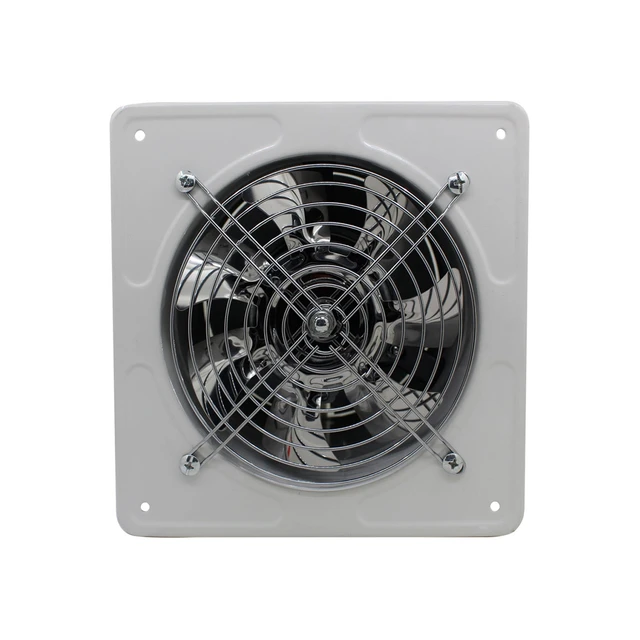
Smart Technology
The integration of smart technology in kitchen appliances is yet another trend gaining momentum.
Wi-Fi Connectivity: An exhaust fan with Wi-Fi connectivity can be controlled via smartphone apps, enabling you to adjust settings, monitor performance, and receive maintenance alerts remotely. This level of control provides both convenience and peace of mind.
Voice Control: Some high-end models are compatible with voice assistants like Amazon Alexa or Google Assistant, allowing you to control the exhaust fan using voice commands. This feature is particularly beneficial when you have your hands full.
Purchasing and Installation
When purchasing an exhaust fan, consider the overall cost, including installation. While some may prefer DIY installation, hiring a professional ensures safe and efficient setup, especially for ducted systems.
Warranty and Support: Check the warranty and customer support services offered by the manufacturer. A comprehensive warranty can provide greater peace of mind and ensure your investment is protected.


